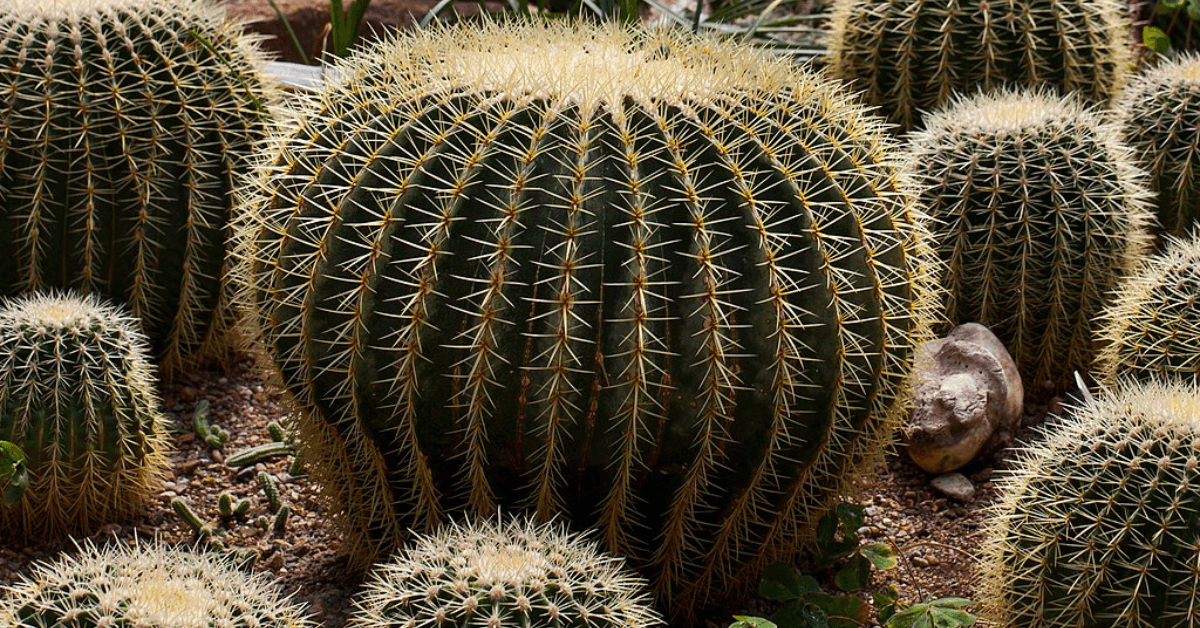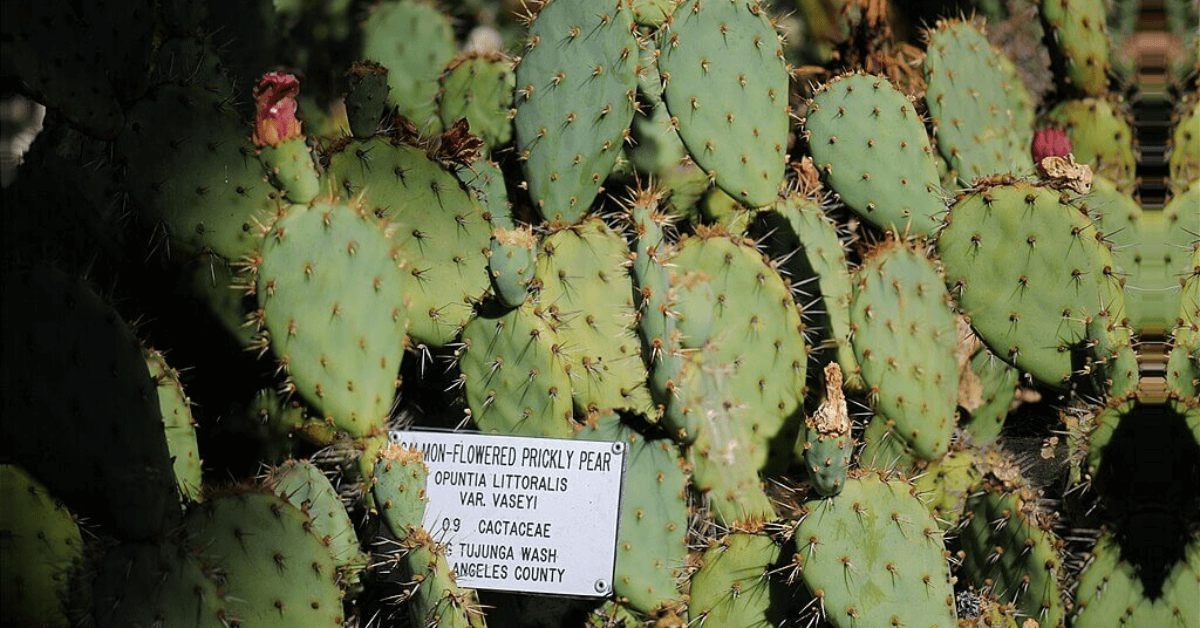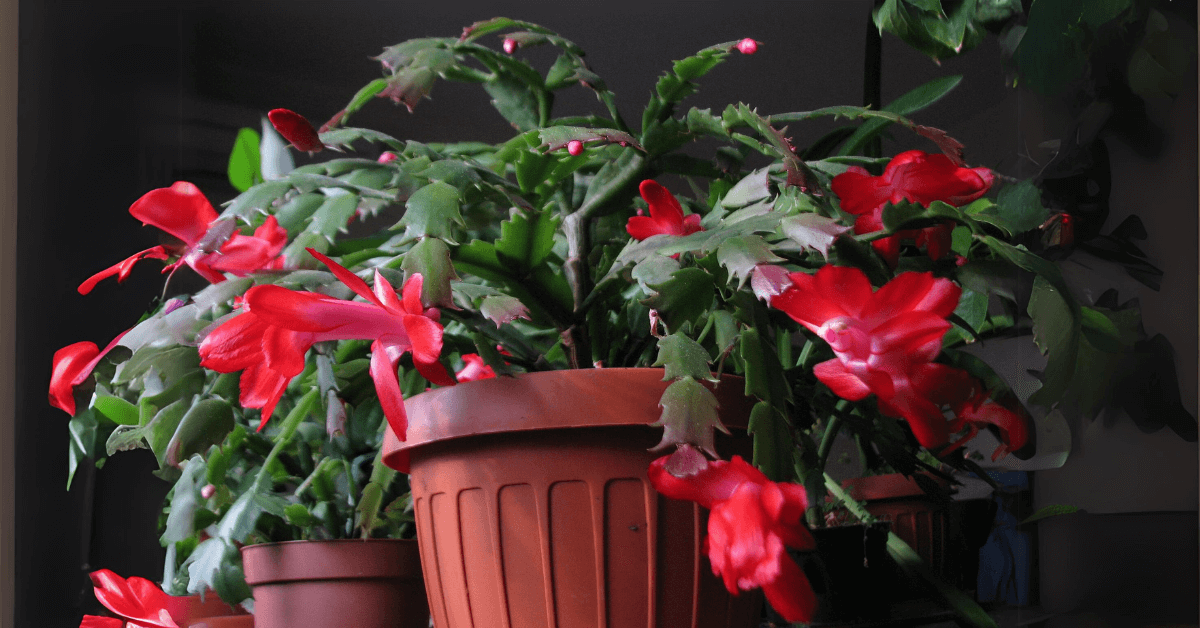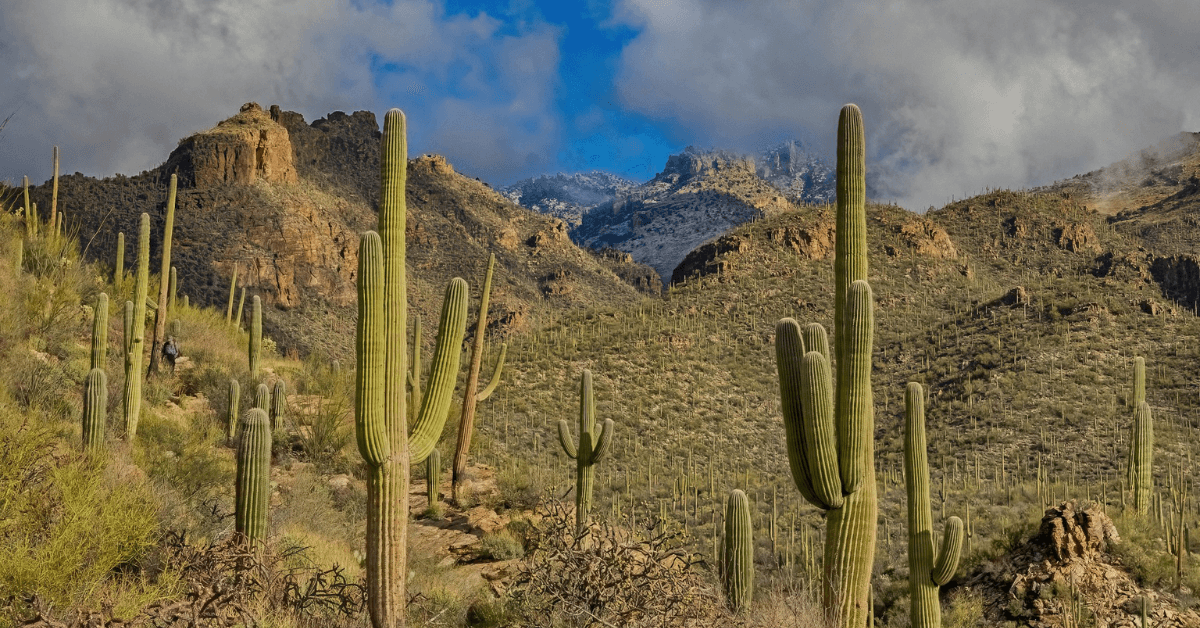Photo: Diego Delso, CC BY-SA 3.0, via Wikimedia Commons
| Botanical Name | Echinocactus grusonii |
| Family | Cactaceae |
| Plant Type | Cactus |
| Mature Size | 3-4 feet tall and wide |
| Sun Exposure | Full sun |
| Soil Type | Well-drained, sandy or rocky soil |
| Soil pH | Slightly acidic to neutral (6.0-7.0) |
| Bloom Time | Summer |
| Flower Color | Yellow |
| Hardiness Zones | 9-11 (USDA) |
| Native Area | Central Mexico |
The Golden Barrel Cactus (Echinocactus grusonii) is a desert plant native to central Mexico. It’s appearance is featured with spherical shape and yellow spines, and can reach the height of 3 feet.
Best suited for the rock gardens, desert landscapes or as a potted plant due to its drought-tolerant nature and minimal water requirement. In addition, it enjoys full sun and thrives in well-draining soil. Golden barrel cactus bloom in the right conditions; they can live for decades and produce small, yellow flowers around the crown in the summer.
It is a cactus we are talking about, so many people’s concerns about climate and watering requirements are valid. Therefore we will be looking into these aspects in detail in this article.
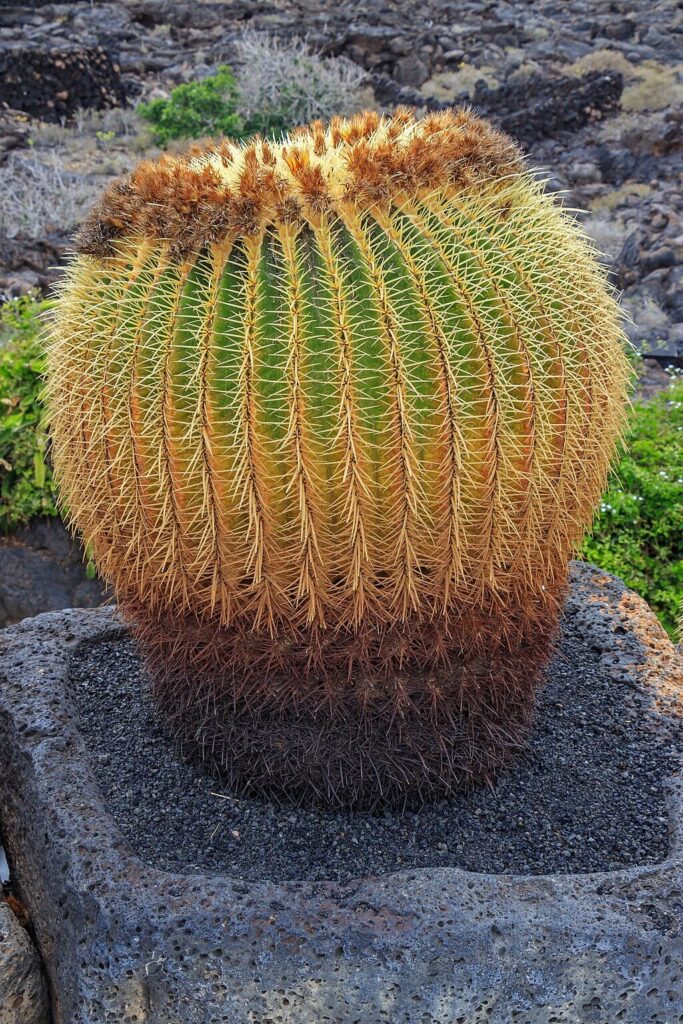
How To Grow Golden Barrel
| Method | Recommended | Difficulty | Comments |
|---|---|---|---|
| Stem Cutting | ✘ | Hard | Barrel cacti rarely propagate well from stem cuttings due to their slow growth and unique structure. |
| Leaf Cutting | Not Applicable | Not Applicable | As a cactus, barrel cacti do not have traditional leaves suitable for propagation. |
| Seed | ✔ | Moderate | Growing from seed is possible but very slow; it can take years for the cactus to reach a significant size. |
| Bulb | Not Applicable | Not Applicable | Barrel cacti do not propagate via bulbs, as they lack this structure. |
| Division | ✘ | Hard | Not applicable for this cactus type as it does not naturally form clumps that can be divided. |
| Layering | ✘ | Hard | Not commonly used for cacti. Generally more complex and less effective compared to cuttings. |
Growing Golden Barrel Cactus from Seed(Step-by-Step)
- Gather the Seeds: Purchase golden barrel cactus seeds from a trusted source or collect them from mature cacti.
- Prepare the Soil: Use a well-draining cactus mix or a blend of sand, perlite, and potting soil.
- Sow the Seeds: Use Shallow trays to sow the seeds. Gently press the seeds into the soil, just below the surface. No need to bury them too deep!
- Water Lightly: Mist the soil to keep it slightly moist, but avoid overwatering.
- Provide Light: Place the pot in a warm, bright spot, but avoid direct sunlight until the seedlings are established. Germination can take weeks, and growth is slow. Enjoy the journey! 🌱
- Transplanting:
- Once the golden barrel cactus seedling is large enough to handle about 1-2 inches tall, transplant it into individual pots with cactus mix.
- Use small pots around 3-4 inches in diameter. Ensure the pots have good drainage holes.
- Use gloves or tongs to avoid damaging the delicate seedlings and to protect yourself from the spines.
- Water lightly and place them in indirect sunlight for a few weeks to help them adjust before transitioning to more direct light.
How to care for Golden Barrel cactus?
Care (Light, Soil, Watering and more):
| Aspect | Ideal State | Avoid | Frequency (if applicable) | Recommendations |
|---|---|---|---|---|
| Light | Full sun, bright light | Low light, constant shade | Daily | Place in the sunniest spot possible, preferably outdoors. |
| Air Circulation | Good airflow, open spaces | Stagnant, humid environments | Constant | Ensure good ventilation to prevent fungal issues. |
| Soil | Well-draining cactus or succulent mix | Dense, water-retentive soil | N/A | Use a mix of sand, perlite, and potting soil for best results. |
| Watering | Light, only when soil is dry | Overwatering, soggy soil | Every 2-3 weeks (in summer) | Water sparingly, especially during winter dormancy. |
| Fertilizer | Balanced cactus fertilizer (diluted) | Over-fertilizing | Once during growing season | Apply lightly in spring and summer. |
| Temperature | Warm, 65-85°F (18-30°C) | Prolonged exposure to cold (below 50°F) | N/A | Keep indoors or in a greenhouse during colder months. |
| Humidity | Low humidity | High humidity | N/A | Dry environments are ideal, avoid humidifiers. |
| Pruning | Rarely needed | Over-pruning | N/A | Remove dead or damaged growth only. |
| Repotting | Every 3-4 years | Disturbing too frequently | Every 3-4 years | Repot when root-bound; choose a slightly larger pot each time. |
| Propagation | Seeds (best method) | Leaf or stem cuttings | N/A | Patience is key when growing from seed, as growth is slow. |
Pest and Solution:
| Pest | Description | Solution |
|---|---|---|
| Spider Mites | Tiny mites causing webbing on the cactus. | Increase humidity, use insecticidal soap or neem oil. |
| Scale Insects | Hard-shelled pests sucking sap from the cactus. | Scrape off scales, apply insecticidal soap or neem oil. |
| Mealybugs | Cottony pests found in crevices and on pads. | Remove with alcohol-soaked cotton, treat with insecticidal soap or neem oil. |
| Cactus Borers | Larvae causing holes and soft spots in the cactus. | Remove affected areas, apply systemic insecticide. |
| Aphids | Small insects feeding on cactus sap, usually on new growth. | Spray with insecticidal soap or mild dish soap. |
| Fungus Gnats | Tiny flying insects near the soil surface. | Allow soil to dry out, use yellow sticky traps, and treat with beneficial nematodes. |
Disease and Solution:
| Disease | Cause | Symptoms | Solution |
|---|---|---|---|
| Root Rot | Overwatering, poor drainage | Soft, discolored base, mushy appearance | Let soil dry out, improve drainage, remove affected parts. |
| Fungal Rot | Excess moisture, humidity | Dark, sunken spots, soft rotten texture | Ensure ventilation, improve drainage, use fungicide. |
| Powdery Mildew | High humidity, poor circulation | White, powdery substance on surface | Improve air circulation, reduce humidity, use fungicidal spray. |
| Bacterial Soft Rot | Excess moisture, injury | Soft, mushy areas, foul smell | Remove affected parts, allow drying, adjust care. |
| Cactus Virus Diseases | Viruses spread by pests | Distorted growth, discoloration, stunting | Remove infected plants, manage pests to prevent spread. |
Conclusion
To sum up, the Golden Barrel Cactus is an extraordinary and low-maintenance plant that adds a desert touch to any garden. It is characterized by dense golden-yellow spines that serve as natural sunscreen, while its unique water storage and adaptability make it suitable for different climates. Just make sure to follow the best care practices and requirements for this cactus.
This cactus lives for more than one hundred years making it a long term friend to the aficionadas. The need for responsible cultivation can be reflected in its endangered status. Apart from beauty, it is also favored in feng shui, as a protective lure that brings about positive energy.
Additionally, over time the spiral pattern of growth it takes on makes it even more visually interesting thus being a true piece of garden art.
Frequently Asked Questions
The Golden Barrel Cactus is unique for its striking golden-yellow spines, long lifespan, and ability to store water, making it a dramatic focal point in any garden.
You Might Also Like ✾
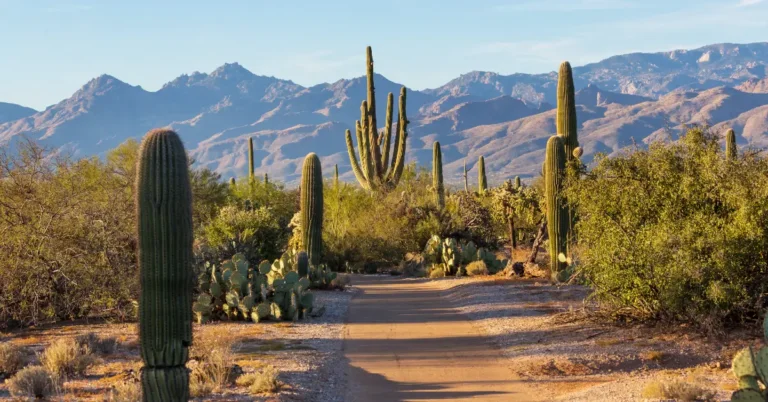
The Cultural World Of Cacti: Art, History, And Uses
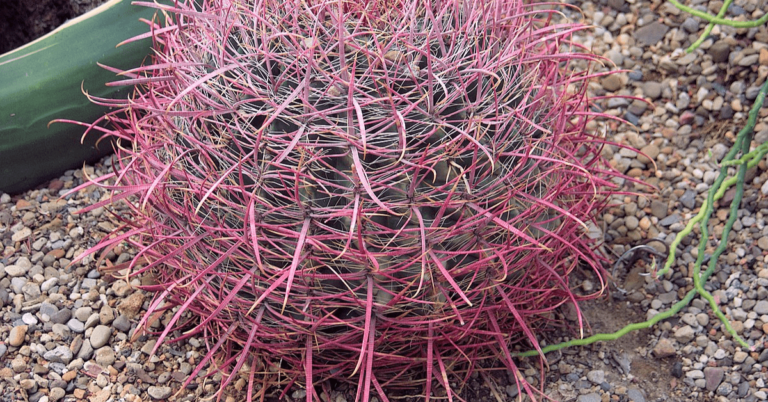
How to Grow and Care for Red Barrel Cactus
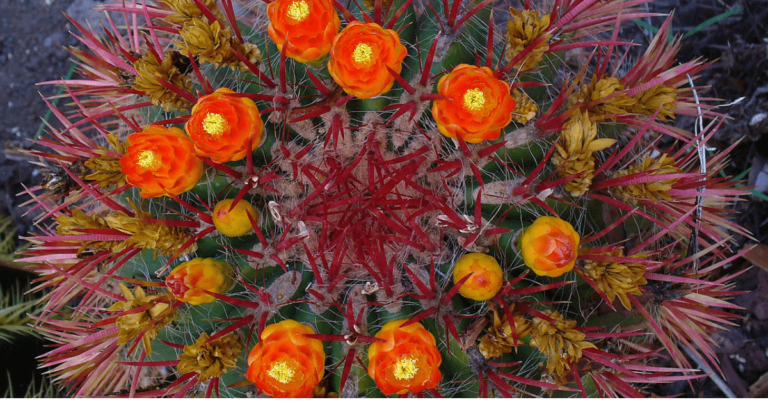
How to Grow & Care for Fire Barrel Cactus
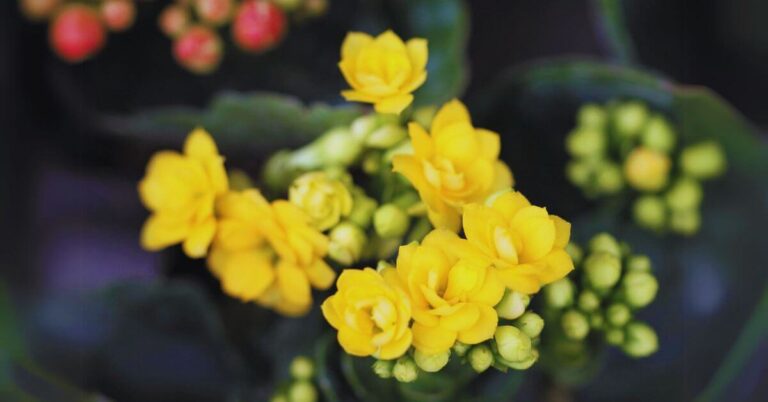
The Kalanchoe Succulent with Yellow Flowers
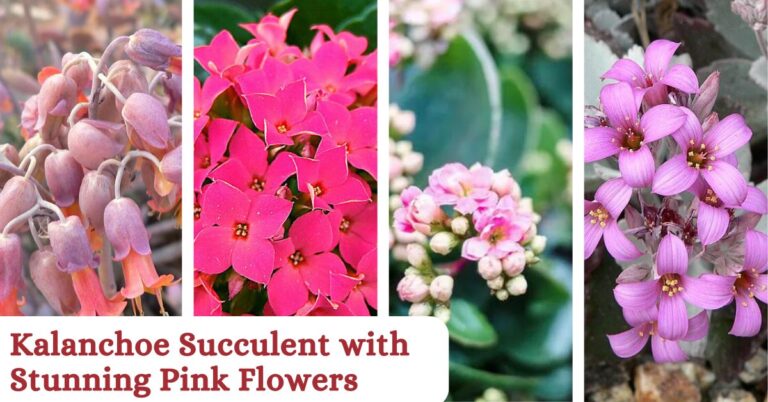
The Kalanchoe Succulent with Stunning Pink Flowers

How to Propagate Zebra Succulent from Leaves
